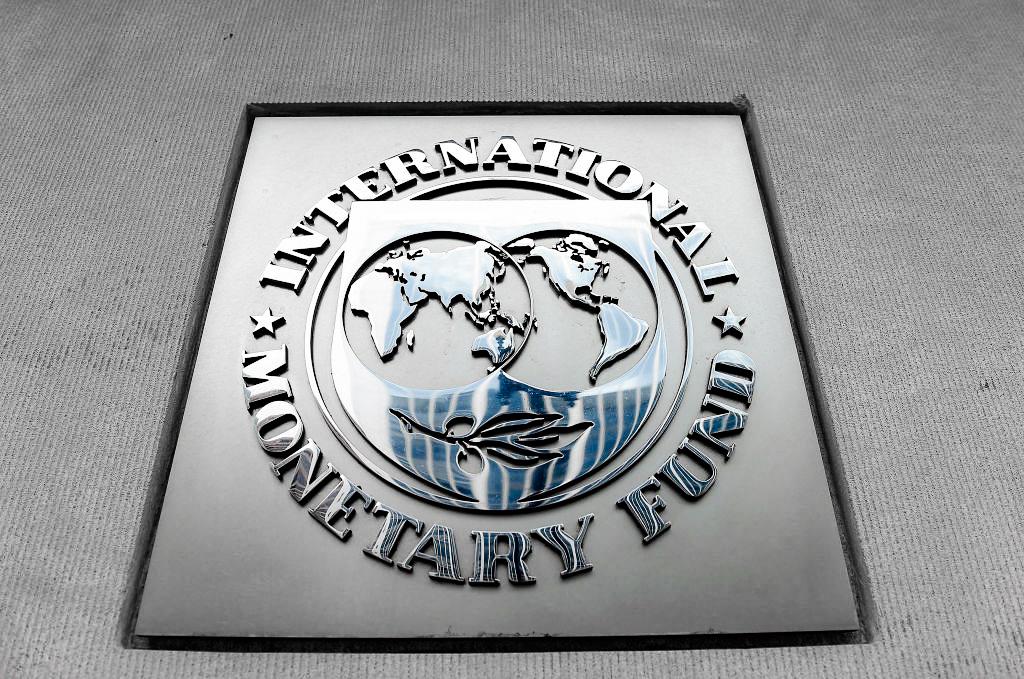The U.S. dollar index (DXY) was trending down in early morning trade on Jan. 4 after multiple days of moving up as a meeting of the Federal Reserve failed to clarify the expected dates for interest rate cuts in 2024.
DXY rose to a two-week high of 102.61 on Jan. 3, extending its gains from Jan. 2. However, it pared back some of the gains after the Federal Reserve meeting report was released.
In early morning trade on Jan. 4, DXY was on a downtrend, trading at 101.95 as of 3:55 a.m. ET.
FOMC meeting participants stated that easing financial conditions now could “make it more difficult” to meet the committee’s inflation rate target of 2 percent. Annual inflation in November came in at 3.1 percent.
The participants “reaffirmed that it would be appropriate for policy to remain at a restrictive stance for some time until inflation was clearly moving down sustainably toward the Committee’s objective.”
“Traders were overzealous in their expectations of as many as six 25-basis-point cuts from the Fed in 2024, and through the last few days have been paring down some of those positions.”
Fed funds futures have priced in about 166 basis points of rate cuts in 2024, which roughly equates to six rate reductions of 25 basis points, the outlet stated, citing data from the London Stock Exchange.
“But we suspect that expectations for a respectable payrolls print tomorrow will prevent large USD corrections. DXY may find a robust floor around 102.00. Today, the focus will be on ADP payrolls, which could move the market but have no predictive power for the official jobs figures.”
Oil in Uptrend
While the U.S. dollar declined on Jan. 4, oil prices have been on an uptrend during the past couple of days. Brent Crude prices surged on Jan. 3 and continued the trend in morning trade on Jan. 4.Brent Crude oil futures for March were trading at about $79 per barrel as of 4:35 a.m. ET, up from a low of about $75 a barrel on Jan. 3.
The rise in oil prices is being driven by tensions regarding supply from the Middle East. While the ongoing Israel–Hamas conflict is the key driver of this uncertainty, tensions tightened after oil supply from a field in Libya was disrupted.
On Jan. 3, Libya’s local protests forced the Sharara oilfield to fully shut down, taking 300,000 barrels per day of supplies off the market. Sharara is the biggest oilfield in Libya.
Meanwhile, concerns about shipping through the Red Sea grew after Iran-backed Houthis said that they had targeted a container ship heading for Israel. Shipping companies such as Maersk and Hapag-Lloyd have said that they'll be avoiding the Red Sea route.
“We’ve seen some inventory builds toward year-end, and that’s why the market just isn’t sensitive to this,” she said. “Even if there are attacks, we’re not expecting any oil supply losses on the back of it. ... The market is going to look for specific supply disruptions that actually helps tighten balances before we see a significant increase in prices.”
Meanwhile, traders are also closely watching the actions of the Organization of the Petroleum Exporting Countries (OPEC). In early December, the group announced that it would cut oil output by 2.2 million barrels per day during the first quarter of 2024 in a bid to support market prices. Prices have largely traded in a range since then.
In December, OPEC member Angola announced that it would quit the organization. OPEC has scheduled a meeting on Feb. 1 to review its latest oil output reduction.







